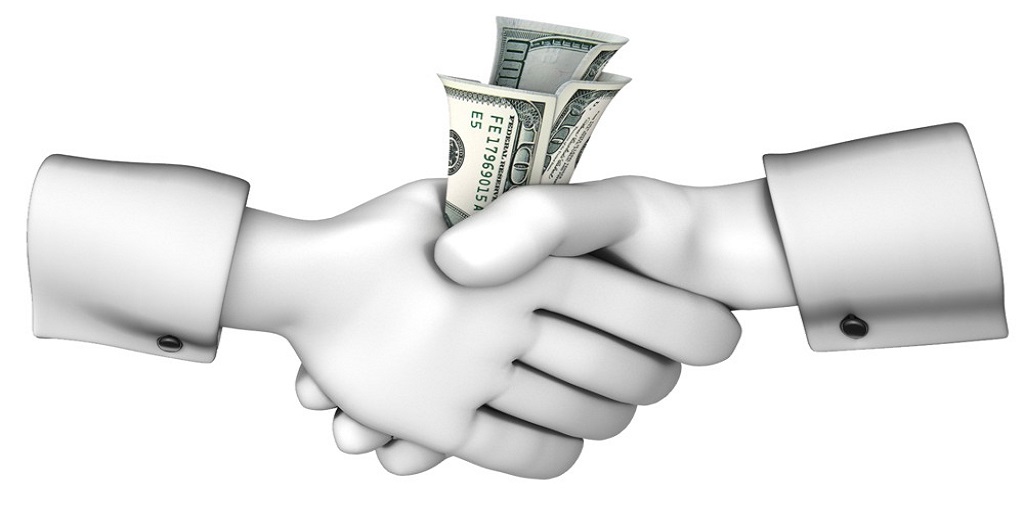Micro entity lower fee for independent inventor
The micro entity provision of the Americas Invent Act is now law. Now all the rule changes mandated by the Leahy-Smith America Invents Act (AIA) have been implemented by the United States Patent and Trademark Office (USPTO). One reason for the change was to make the patent system more efficient and accessible to the independent inventor.
To qualify as a micro entity, an applicant must meet all of the following criteria:
- Qualify as a USPTO-defined small entity.
- Not be named on more than four previously filed applications.
- Not have a gross income more than three times the median household income in the previous year from when the fee(s) is paid. For 2011, the most recent year that data is available, the median income was $50,054.
- Not be under an obligation to assign, grant, or convey a license or other ownership to another entity that does not meet the same income requirements as the inventor.
Of course the biggest obstacle to the independent inventor is lack of capital. Micro entity status lowers the government fee to file a patent application. There are three different categories of entity sizes. Micro entity, small entity and “large entity.”
Although the patent office doesn’t call it large entity they just basically say the fee is a set amount unless you are a small or micro entity. Basically the fees go down by 50% for the small entity and then another 50% for the micro entity.
As it stands the total fee to file a non-provisional patent application for a micro entity is $400, for a small entity is $730 and a large entity is $1,460.
That should make it a little easier for the independent inventor.

